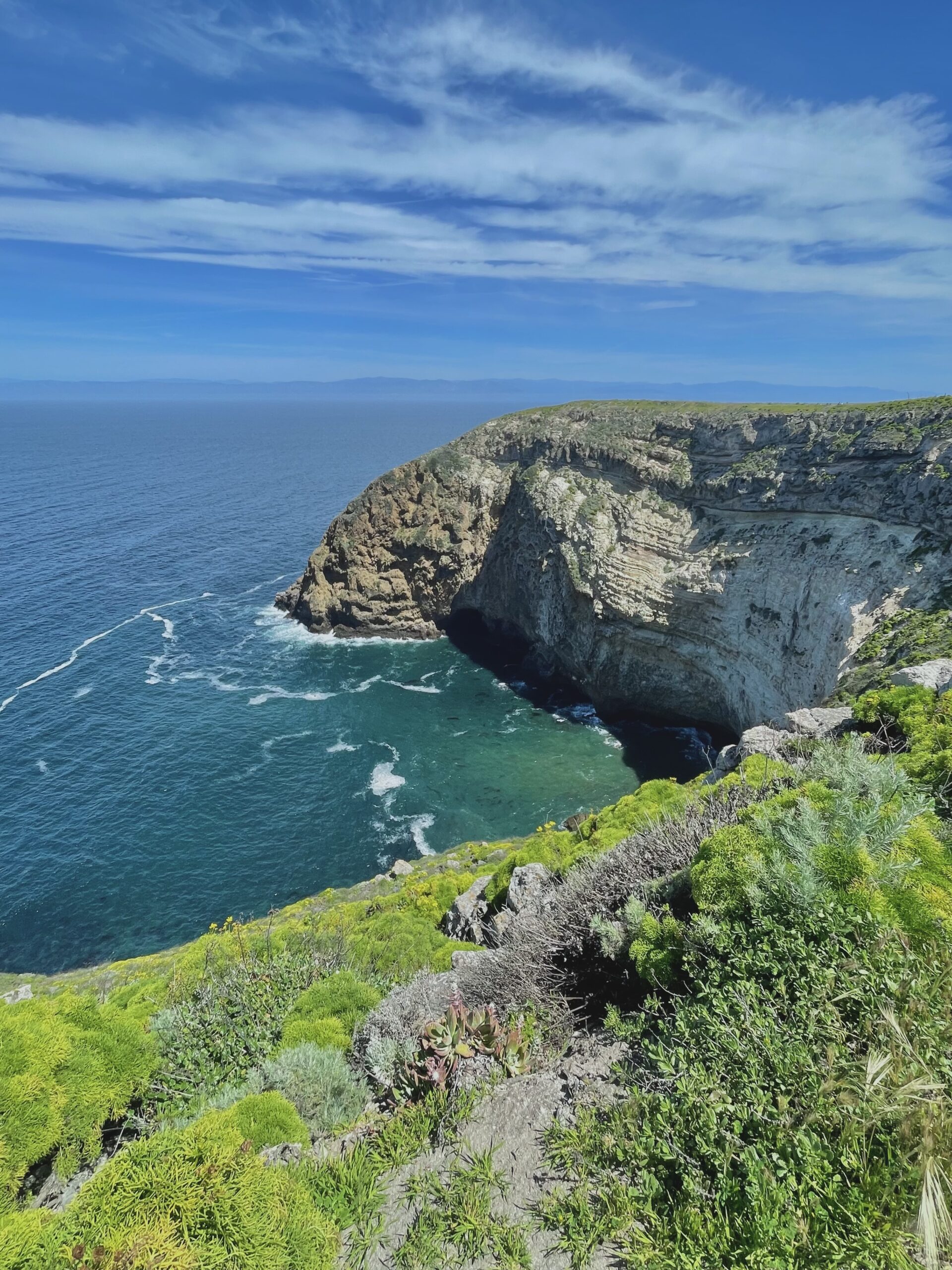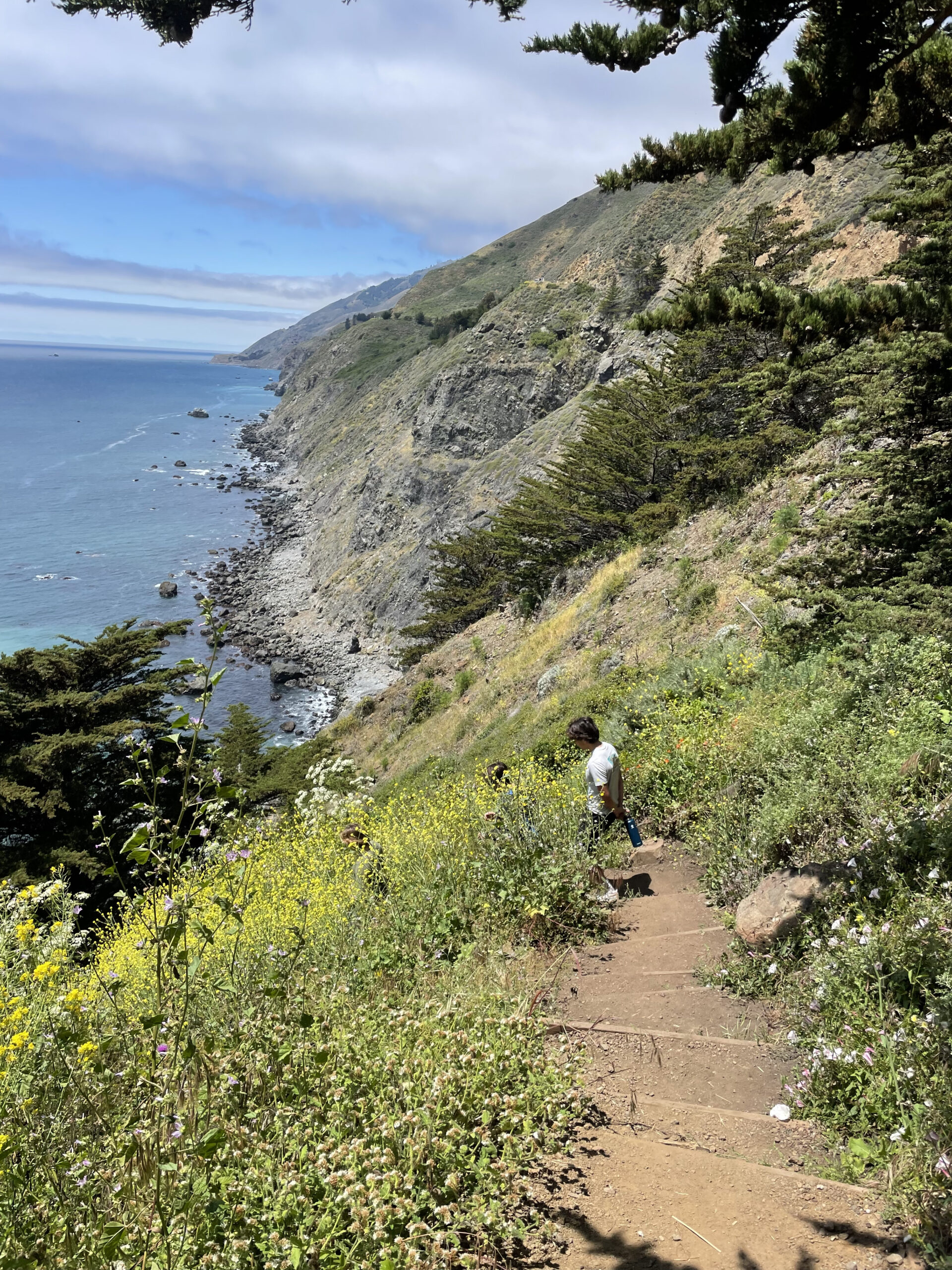Creating a Happy City
Written for a class on happiness communication, I used Montgomery’s Happy City to explore the creation of a city with people in mind.
An idyllic city should be the perfect environment to situate its residents with all the tools they need for a happy life. American cities as we know them are the case studies for books like Happy City with their “layers of imported traffic, noise, pollution, and road danger, [that] do not currently meet our needs for well-being much better than the sprawl” (Montgomery, 2014, p. 77). Cities are concrete, man-made, fabricated realities that do not serve everyone. Integrating collectivist values that benefit everyone, such as public spaces and ease of transportation are the main facets of a successful Happy City. Picture an affordable and biophilic New York City on steroids— a European-esque New York with fewer cars, more walkways, and more nature.
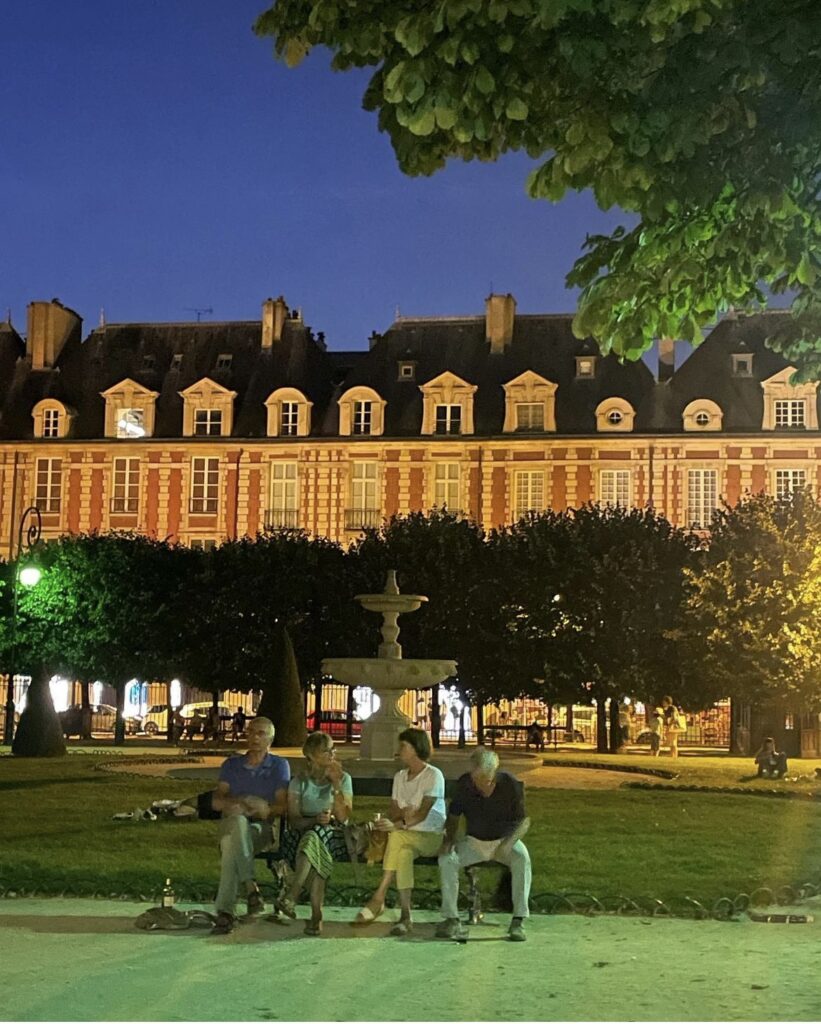
Green spaces are a priority for my Happy City. They have the ability to foster connection, mindfulness, and happiness through the presence of meditation spaces, the benefits of greenness on humans, and the fostering of community ties with community gardens and greenery. Green spaces that are accessible and widely dispersed throughout the city are a foundation that the city would use for encouraging connection and community.
My Happy City would include a Central Park, North Park, East Park, South Park, and West Park— the largest main green spaces in the city. Each one would have meditation spaces, community centers, and community gardens. However, they would not be the sole locations for community gardens, as the goal would be to prompt community amongst neighbors. Every block would have an element of nature— trees, native plants, parks of every size with benches, fountains, and flowers— that its residents could see out their windows and enjoy while outside.
The accessibility of the parks would hopefully mean that people would feel less crowded and have more chances to see and be in nature throughout the day. Social functioning is seen to improve with green environments (Montgomery, 2014; Kuo, 2011). Anywhere someone walks, bikes, or takes public transportation, they would see trees, parks, and greenery. According to Montgomery (2014), experiencing and seeing nature is crucial for one’s well-being. Community gardens would encourage members of the community to get involved with their creation, something that would engage the community, allow them to get to know their neighbors, and give them a sense of belonging (Kuo et al., 1998). Moreover, Kuo et al. (1998) found that more green spaces are connected with decreased crime rates, benefiting residents’ well-being.
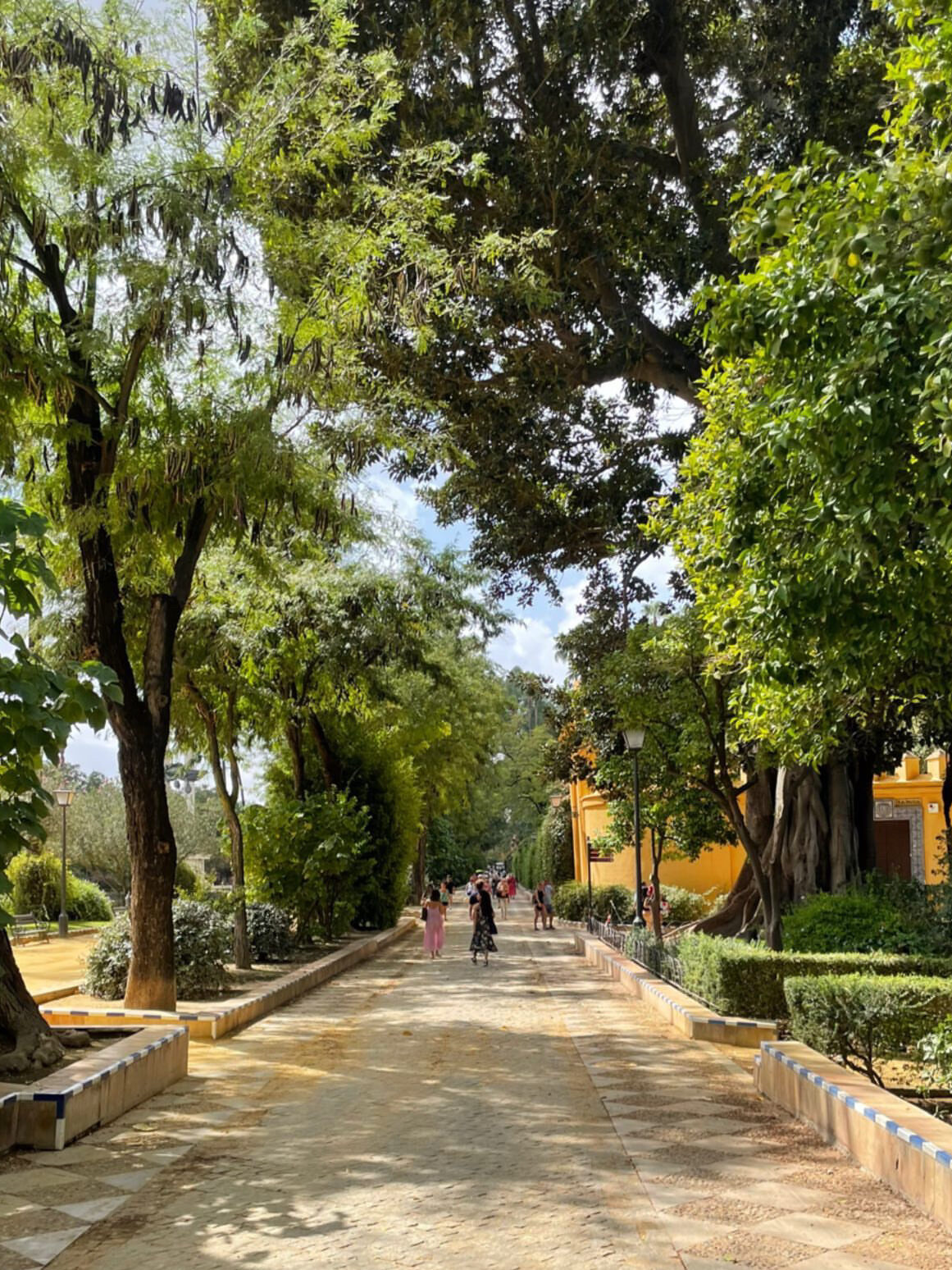
All in all, green spaces that get people outside, mindful, and social have many potential benefits for happy communities and cities. The availability of meditation spaces within gardens and parks would hopefully inspire mindfulness and therefore deliberate communication that could benefit people’s overall relationships and wellness (Huston, 2010). This should add to the perception of community and collectivism, employing McEwan’s (2015) proposition that well-being increases with social support, which is what the city would be stimulating.
Zhang et al. (2022) bring up the capacity public urban spaces have for connection. Introducing an abundance of greenery can help counter perceptions of loneliness and inadequate social support that Kuo ties to environments that lack greenness (2011). Encouraging social interactions, especially for all age groups, in urban spaces like gardens, community centers, and general green spaces that are thoroughly scattered in the city can allow for increased communication amongst people and potentially mitigate their loneliness (Zhang et al., 2022). However, nature has more benefits than just supporting more interactions between people. Kuo (2011) brings up how “people are more generous and more desirous of connections with others; we find stronger neighborhood social ties and greater social functioning… [and] more (positive) social interactions in those spaces,” that people actually take advantage of (p. 4).
The city shouldn’t only be designed to improve people’s leisure time. With the implementation of safe streets, walkways, and efficient subways, a green environment can be integrated with a healthier, more engaged lifestyles that prioritize residents and pedestrians’ well-being. The Happy City will be highly walkable and make effective use of public transportation. Montgomery (2014) talks about the way long commutes negatively impact people, their families, and connections because they spend all their time sitting in cars and coming home to fragmented communities. Shifting from car-focused to people-focused streets could also decrease drivers’ stress when traveling to and from work by transforming their commute (Sandow, 2014).
A city that is interconnected by bike paths, walking paths, and efficient subways and buses should help counter these long, mundane commutes that decrease life satisfaction (Sandow, 2014). The paths would be safe for pedestrians and pass by the abundant greenery of the city. According to Montgomery (2014), happiness can be positively affected for people whose commute consists of a walk instead of a long commute. Moreover, in order for transportation and walkability to be fully effective, my Happy City would maintain affordable housing options so no one would have to think about suburban life and decrease their life satisfaction with the commute suburbia would require (Sandow, 2014).
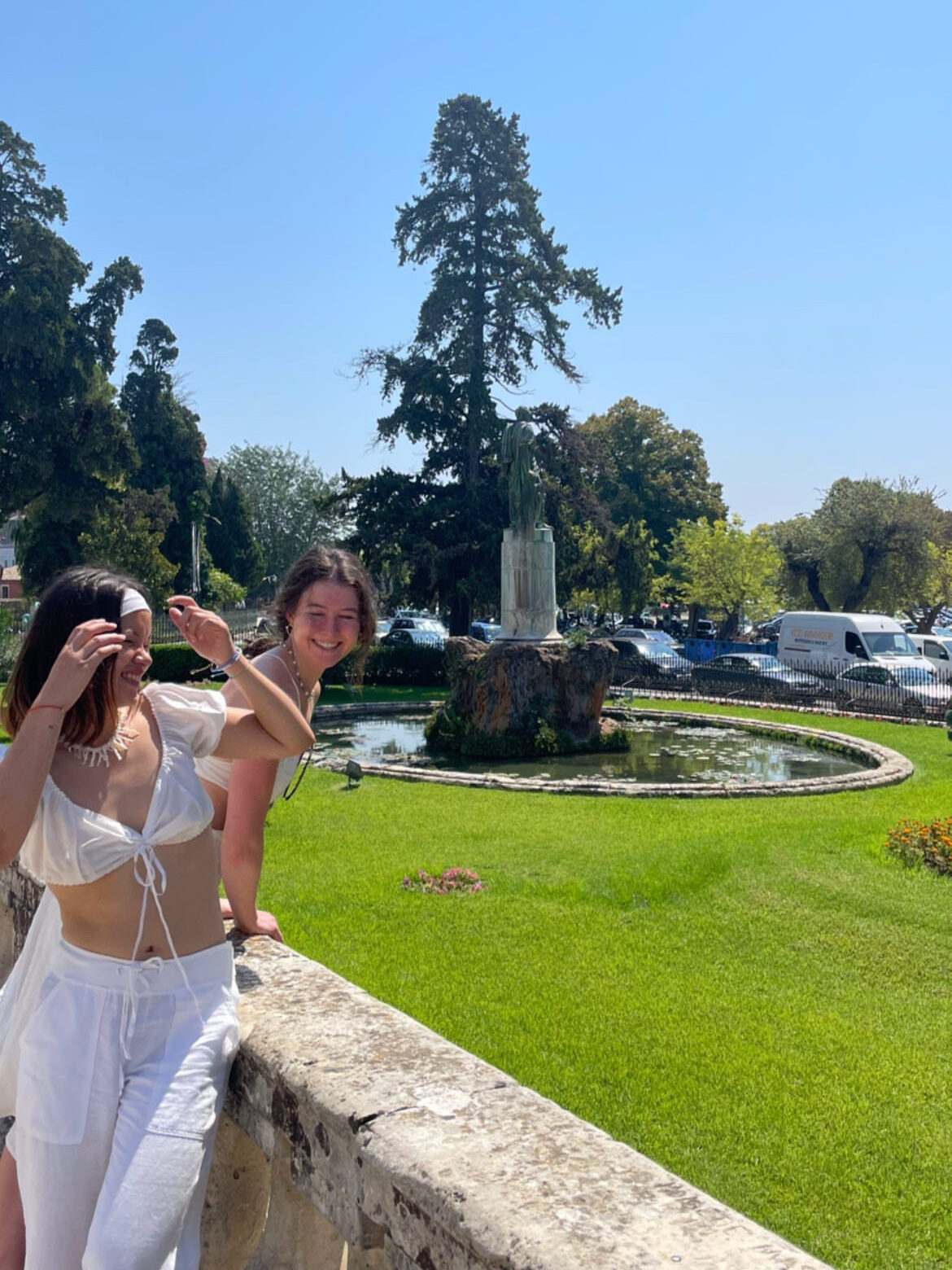
The implementation of a person-scaled city would reflect the commitment to people’s happiness and well-being, unlike a market focused city. The streets of this Happy City would be dominated by people milling about, wandering to plazas and past markets with fruit, vegetables, and goods. Residents would spend more time being engaged with each other in these situations.
Happy cities should prioritize their residents, which means accommodating the function and structure of the city to make their lifestyles easier and more enjoyable. Montgomery (2014) stressed the multiple shortcomings of cities that are places of work, which feel crowded, polluted, and that require hours of sitting in cars. One should be able to escape in their own city and meander through the streets, gardens, and parks like a flaneur taking in and enjoying life.
References
Huston. (2010). Waking up to ourselves: The use of mindfulness meditation and emotional intelligence in the teaching of communities. New Directions for Community Colleges, 151, 39-50.
Kuo, M. (2011). Parks and Other Green Environments: ‘Essential Components of a Healthy Human Habitat’. Australasian Parks and Leisure, 14(1).
Kuo, F. E., Sullivan, W. C., Coley, R. L., & Brunson, L. (1998). Fertile Ground for community: Inner-city neighborhood common spaces. American Journal of Community Psychology, 26(6), 823–851. https://doi.org/10.1023/a:1022294028903
McEwan, B. (2015). Reaching support through fixed and flexible networks. In Navigating new media networks: Understanding and managing communication challenges in a networked society (Chapter 8, pp. 103-125). Lanham, MD: Lexington Books.
Montgomery. (2014). Happy City: Transforming our lives through urban design. New York: Farrar, Straus and Giroux.
Sandow, E. (2014). Til Work Do Us Part: The Social Fallacy of Long-distance Commuting. Urban Studies, 51(3), 526–543.
Zhang, Y., Chen, G., He, Y., Jiang, X., & Xue, C. (2022). Social Interaction in Public Spaces and Well-Being among Elderly Women: Towards Age-Friendly Urban Environments. International journal of environmental research and public health, 19(2), 746. https://doi.org/10.3390/ijerph19020746
